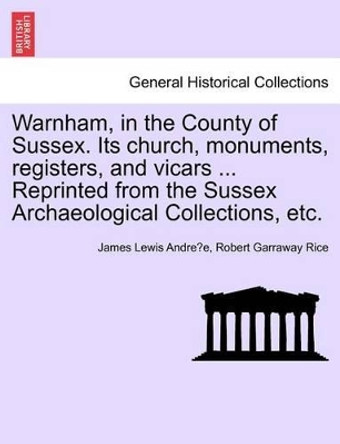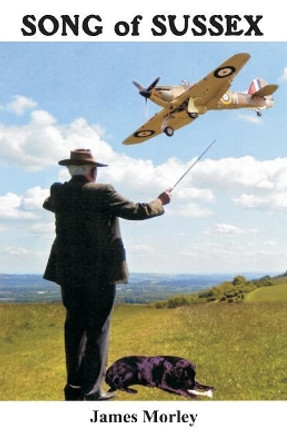James Douglas (1753-1819) was a polymath, well ahead of his time in both the fields of archaeology and earth-sciences. His examinations of fossils from the London Clay and other geological formations caused him to conclude that the Earth was much older than the 4004 BC allotted to it by his contemporaries. He had come to this conclusion by 1785 and published these findings in that year, long before other researchers in the same field. His Nenia Britannica, published in 1793, reveals a remarkably accurate grasp of the dating of Anglo- Saxon burials; further illuminated by the contents of his common-place book for 1814-16, discovered by the author in a second-hand bookshop. This common-place book, correspondence with his contemporaries and other sources resulted in the present publication recounting his archaeological and other activities in Sussex during the first two decades of the 19th century.
About the AuthorMalcolm Lyne has been involved with archaeology since 1967 and with Roman pottery research since 1971. His research commenced with excavations in and survey of the Alice Holt potteries and surrounding areas in north-east Hampshire: this work resulted in two publications, as CBA Research Report 30 in 1979 and BAR British Series 574 in 2012. This research was joined by that on other Roman potteries in Britannia after 1988 and on Late Roman grog-tempered wares and BB1 in particular. The results of the research into the grog-tempered wares were published by Archaeopress in 2015.
Book InformationISBN 9781784916480
Author Malcolm LyneFormat Paperback
Page Count 68
Imprint Archaeopress ArchaeologyPublisher Archaeopress
Weight(grams) 168g
Dimensions(mm) 210mm * 145mm * 10mm








